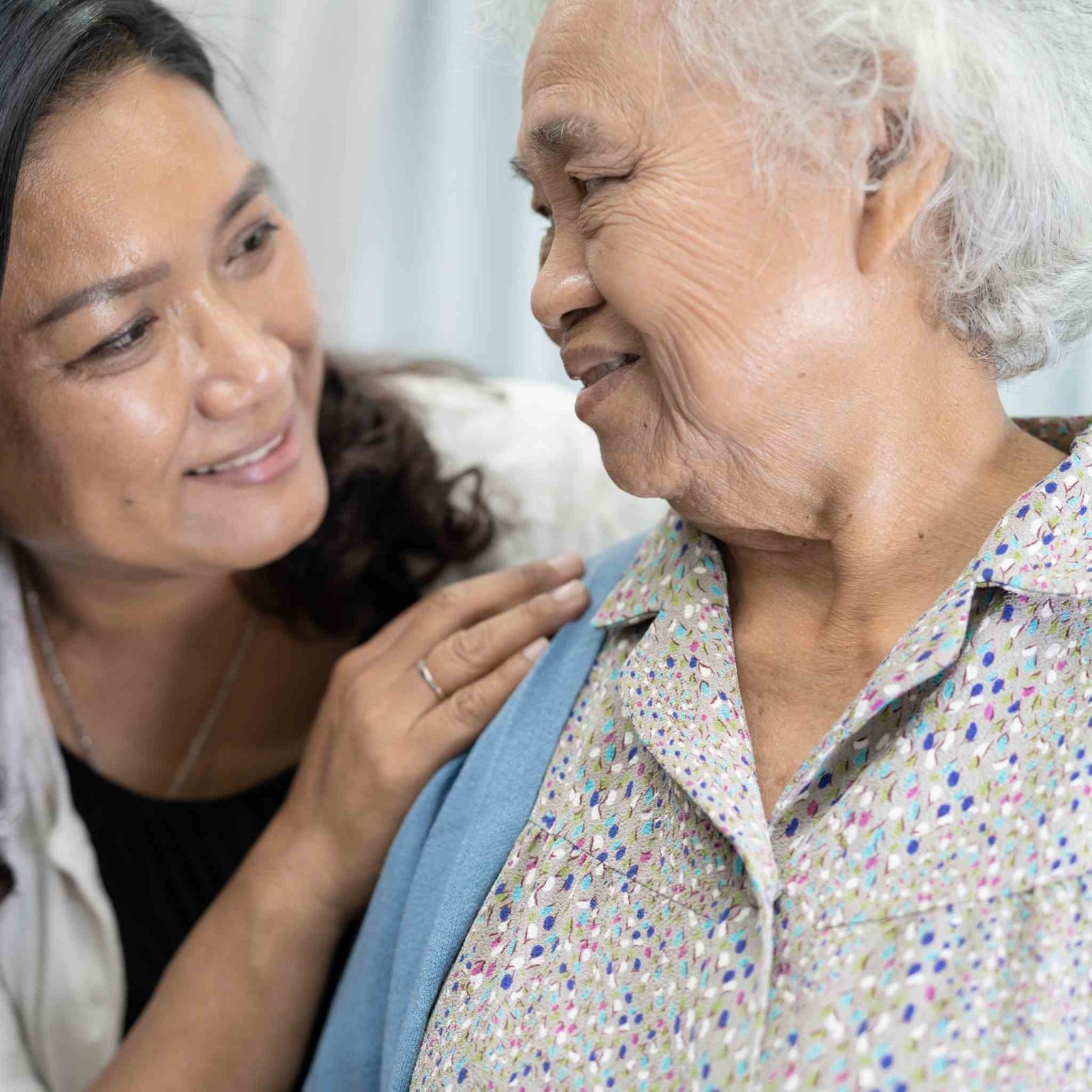Bridging the Gap: Innovative Strategies to Connect Minnesota’s Elderly, Special Needs, and Disabled with Vital Transportation Services

In the vibrant landscape of Minnesota, from the bustling streets of Minneapolis to the serene expanses of the North Shore, ensuring that every resident has access to reliable transportation is more than a convenience—it’s a necessity. For the elderly, individuals with special needs, and disabled persons, this access is critical for maintaining independence, securing healthcare, and participating in community life. However, raising awareness and engaging these communities poses unique challenges. This article delves into five essential tips and tactics aimed at enhancing awareness, attraction, and retention of these vital services among Minnesota’s most vulnerable populations.
- Utilize Targeted Outreach and Communication
Effective communication is the cornerstone of any successful outreach program. Tailoring messages to resonate with the elderly, special needs, and disabled communities involves using clear, accessible language and choosing the right channels. Traditional media outlets like local newspapers and radio stations, often favored by older demographics, can be incredibly effective. Additionally, leveraging social media platforms with the help of caregivers and family members can broaden the reach. Ensuring that all materials are available in various formats (e.g., large print, Braille, audio) and languages is crucial for inclusivity.
- Forge Strong Partnerships with Community Organizations
Collaboration amplifies impact. By partnering with local organizations that already serve these communities—such as senior centers, disability advocacy groups, and healthcare providers—transportation programs can tap into established networks of trust and communication. These organizations can help disseminate information, provide valuable insights into the specific needs and preferences of their members, and even co-host informational sessions or workshops. Partnerships with local businesses and service clubs can also provide additional platforms for outreach and support.
- Implement a Personalized Approach to Service
One size does not fit all, especially when it comes to transportation for the elderly, special needs, and disabled populations. Offering personalized transportation solutions that cater to individual needs can significantly increase program attractiveness and retention. This can include door-to-door services, assistance with boarding and alighting, and flexible scheduling options. Gathering feedback through surveys, focus groups, or one-on-one interviews can help identify areas for improvement and ensure that services evolve in response to user needs.
- Engage in Continuous Education and Advocacy
Awareness is an ongoing process. Engaging in continuous education about the availability and benefits of transportation services is vital. This can be achieved through regular workshops, seminars, and public speaking engagements at community events. Advocacy efforts can also play a significant role in ensuring that transportation remains a priority on the public agenda, potentially unlocking additional funding and support. Highlighting success stories and testimonials from service users can make the benefits more tangible and relatable to potential users and their families.
- Offer Incentives and Recognize Loyalty
To attract and retain users, consider implementing incentive programs that reward regular use of transportation services. This could be in the form of discounted fares, loyalty programs, or even free trips after a certain number of rides. Recognition initiatives can also foster a sense of belonging and appreciation among users. Celebrating milestones, featuring stories of how the service has impacted lives in newsletters or on social media, and hosting appreciation events are all ways to build a loyal and engaged community.
In Minnesota, where the weather can range from blistering summers to frigid winters, access to reliable, tailored transportation is not just about mobility—it’s about ensuring that all residents, regardless of age or ability, can fully participate in the rich tapestry of community life. By embracing targeted outreach, forging community partnerships, personalizing services, advocating for continuous support, and recognizing the contributions of its users, transportation programs can effectively bridge the gap. These strategies ensure that Minnesota’s elderly, special needs, and disabled populations remain connected, supported, and empowered to navigate their communities with ease and dignity.
Make transportation more accessible and reliable for everyone! Sign up for a demo to experience how our software empowers special needs and elderly communities.
ABOUT THE AUTHOR
MIKE B.
Mike is a seasoned transportation consultant and technology advocate. Drawing from years of experience in the transportation industry, Mike bridges the gap between innovative software solutions and practical implementation strategies. His articles focus on the transformative power of software for organizations that deliver transportation options for the elderly, special needs and disabled communities. Outside his writing endeavors, Mike enjoys exploring the landscapes of Costa Rica and advocating for sustainable transportation initiatives.
Recent Comments